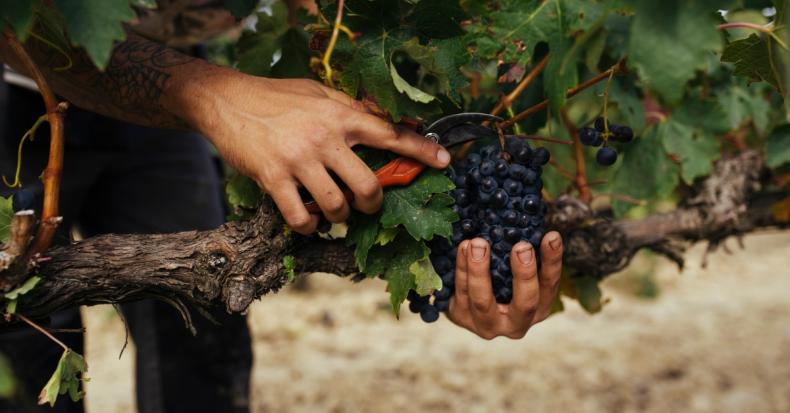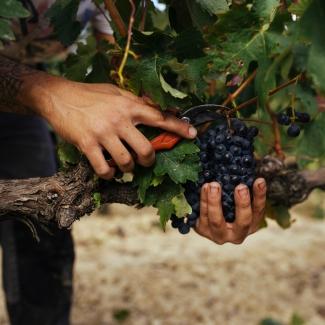Welcome to Beronia’s Guide To The Wines Of Rioja. In this guide, you will learn more about vintage Rioja and the blends of this world-class wine region.
We hope you will find this guide informative and enjoyable. If you’d like to know more about Beronia Rioja, then please sign up for our newsletter or join the conversation on social media. You can find us on Facebook and Instagram.
Vintages: that is a single year’s harvest – the ‘la vendimia’ – are of huge significance in Rioja. It’s a common misconception that Rioja enjoys unbroken sunshine during the growing season and that every year the harvest is as good as the last.
In fact changeable weather and the different effects it has on the sub regions in any one year means that Rioja vintages can vary significantly. While Rioja rarely sees the extremes that more marginal wine regions do, differences from one year to another – vintage variation – can be significant. For example, 2006 was a tough year that produced lighter wines that were destined for early drinking. 2016, by contrast, was an exceptional year that gave wines with plenty of fruit and extract that will age wonderfully well. Try the Beronia Gran Reserva Rioja 2016 and you’ll see what we mean.
Climate change is having an impact on vintages, like it is in it’s not-too-distant neighbour Bordeaux, the size and quality of Rioja’s harvest can still vary significantly from year to year. Rainfall, or its absence, excessively hot summers, damage from spring frosts, mildew or hailstorms are just some of the issues that can make or break a Rioja vintage.
While most Riojas are now sold as vintage wines – wines from a single year’s harvest – the vast majority are made up of a blend of grapes, the main three being Tempranillo, Gracianco and Mazuelo, which make Beronia's exceptional Reserva and Gran Reserva wines from the classic range. Just as creating the perfect paella takes a range of ingredients, creating the perfect Rioja often entails blending to get the wines you are looking for.
Traditional techniques such as blending wines from different vineyards can help even out the quality in tricky years. The following Rioja vintage chart shows how significant vintage variation can be :
2020 – a hot year affected by rain and mildew. Wines are fresh and approachable while young.
2019 – an excellent year, one that delivered wines that will age well.
2018 – cooler, with significant variation between sub-regions and producers. The best are excellent.
2017 – a difficult year thanks in part to spring frosts and an early harvest.
2016 – an outstanding year with wines that offer concentration and freshness. The Reserve and Gran Reserva wines will age wonderfully.
2015 – a year where everything went right. Enough sun, enough rain, and a trouble-free harvest. The best of the decade?
2014 – a good year, one in which the heat surged toward the harvest, making for wines that will drink well young.
2013- rain and hail affected, there are many good wines from 2013, but they are lighter and fresher with notable fragrance.
2012 – a very dry year, though rain fell toward the harvest period and enabled grapes to ripen well and keep acidity levels up.
2011 – a hot dry year that produced powerful wines, the best of which will need considerable time to develop and open up. Not quite as good as the 2010s, but often lovely.
2010 – a sensation year! Warm with no significant problems, the Reserva and Gran Reserva wines will be long-lived legends.




